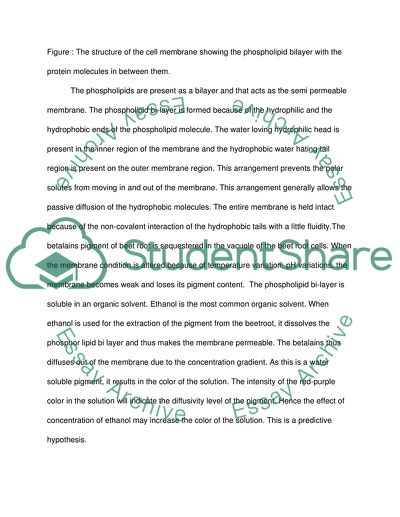Cite this document
(The Effect of Alcohol Concentration on the Leakage of Pigment from Report, n.d.)
The Effect of Alcohol Concentration on the Leakage of Pigment from Report. https://studentshare.org/biology/1565203-the-effect-of-alcohol-concentration-on-the-leakage-of-pigment-from-beetroot-cells
The Effect of Alcohol Concentration on the Leakage of Pigment from Report. https://studentshare.org/biology/1565203-the-effect-of-alcohol-concentration-on-the-leakage-of-pigment-from-beetroot-cells
(The Effect of Alcohol Concentration on the Leakage of Pigment from Report)
The Effect of Alcohol Concentration on the Leakage of Pigment from Report. https://studentshare.org/biology/1565203-the-effect-of-alcohol-concentration-on-the-leakage-of-pigment-from-beetroot-cells.
The Effect of Alcohol Concentration on the Leakage of Pigment from Report. https://studentshare.org/biology/1565203-the-effect-of-alcohol-concentration-on-the-leakage-of-pigment-from-beetroot-cells.
“The Effect of Alcohol Concentration on the Leakage of Pigment from Report”. https://studentshare.org/biology/1565203-the-effect-of-alcohol-concentration-on-the-leakage-of-pigment-from-beetroot-cells.


